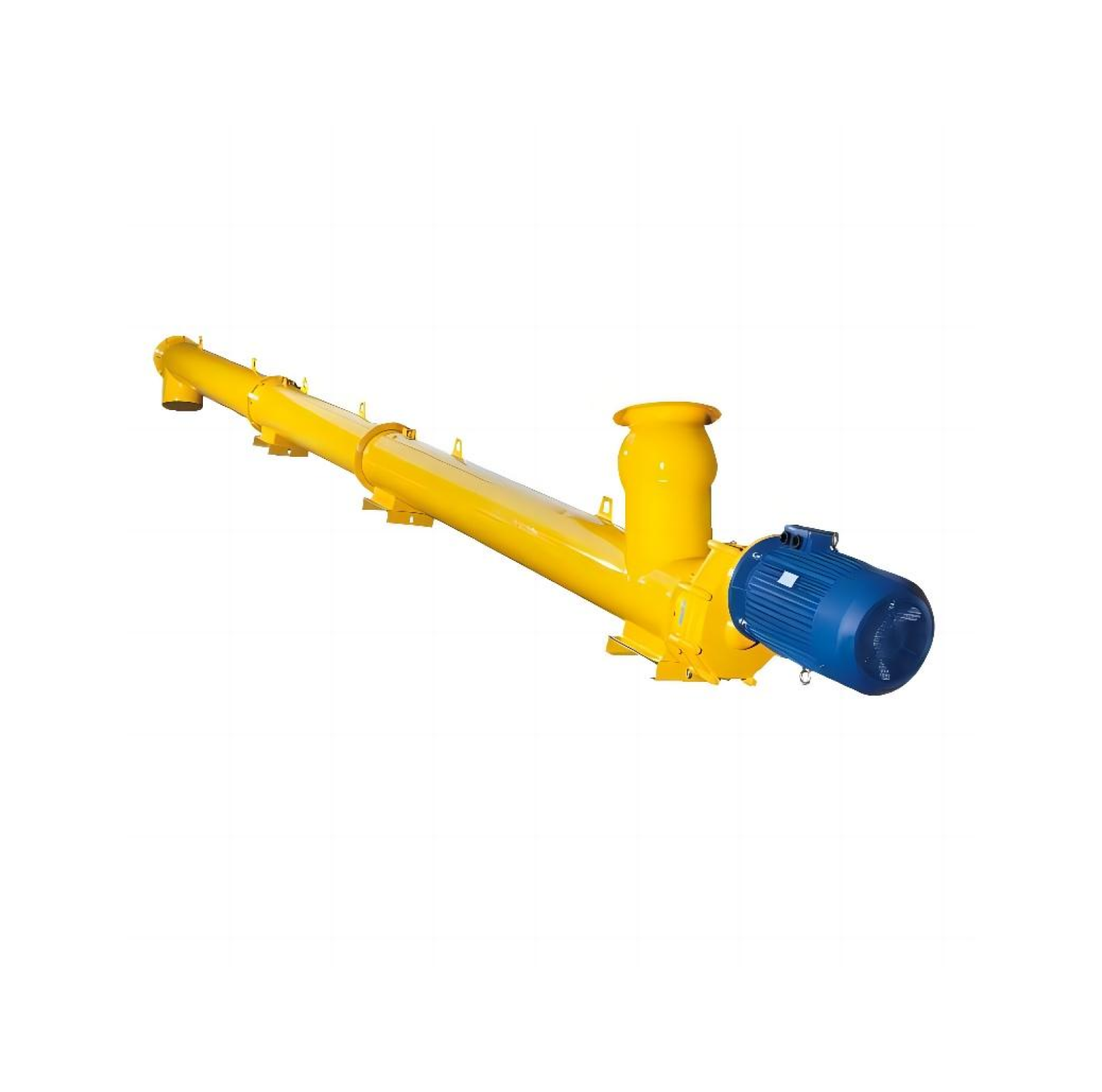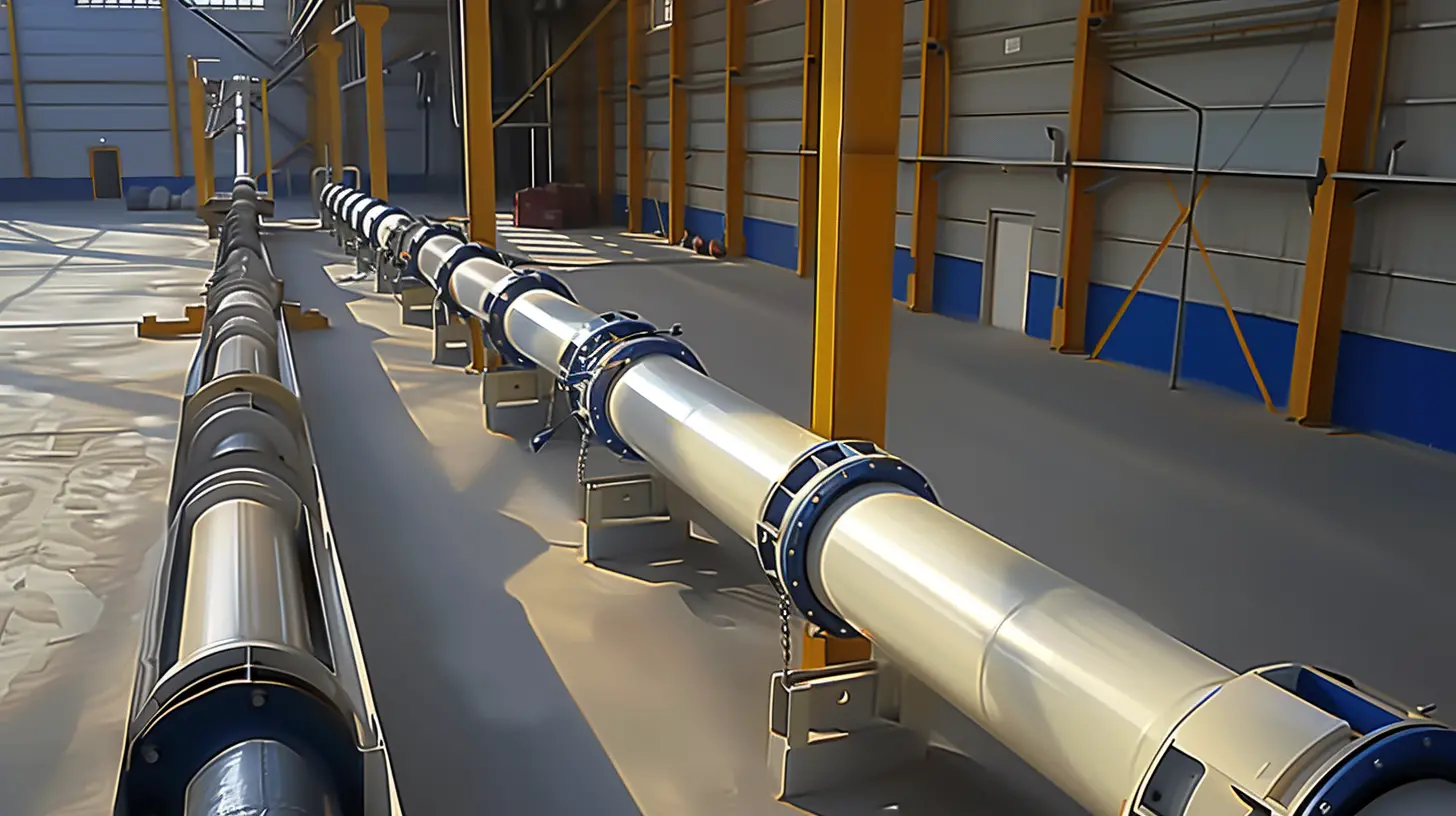
In modern industrial settings, belt conveyors play a crucial role in enhancing material handling efficiency, serving vital functions across various sectors. Nonetheless, a prevailing challenge remains: how to prolong the operational life of these conveyors while keeping costs in check. It is essential for engineers and technicians to tackle this concern effectively. This article aims to present valuable strategies and methodologies to boost the durability of belt conveyors.
Regular maintenance and inspection of the equipment are critical for maximizing the lifespan of belt conveyors. It is advisable to carry out thorough inspections on a weekly or monthly basis, focusing on key components such as transmission systems, tensioning mechanisms, conveyor belts, and motors. By promptly identifying and resolving issues, we can significantly mitigate the chances of equipment failures and decrease maintenance expenses.
Different industrial environments impose unique requirements for conveyor belt materials. Making informed choices regarding the selection of conveyor belts—by considering material properties and their specific operating contexts—can greatly enhance the wear and corrosion resistance of the belts. For example, in settings with elevated temperatures or corrosive agents, opting for specialized materials designed for those conditions can significantly enhance the conveyor belt’s service life.

Maintaining appropriate load levels and operational speeds is vital for promoting the longevity of machinery. Overloading can result in increased wear and damage to the transport components, while improper speed settings may induce vibrations and further complications. Therefore, it is essential to configure both load and operational speeds in accordance with the specifications and characteristics of the materials being handled.
The expertise and competence of personnel in operating machinery and complying with equipment guidelines are pivotal to the lifespan of belt conveyors. Regular training sessions and skills assessments ensure that operators are proficient in handling the equipment, thereby lowering the risk of damage stemming from improper operation.

Incorporating energy-efficient motors and components can greatly reduce energy consumption and diminish the risk of malfunctions due to overheating. Utilizing advanced technologies such as variable frequency drives (VFDs) and intelligent control systems can enhance operational efficiency while also extending the service life of the equipment.
By adopting these strategies and techniques, we can effectively extend the lifespan of belt conveyors, improving equipment performance while minimizing operational costs. As industry experts, it is crucial to stay informed about emerging technologies and maintenance practices, integrating them into our daily operations for ongoing progress.
By effectively implementing these recommendations, we can not only boost equipment efficiency but also retain a competitive advantage in the ever-evolving market landscape.
